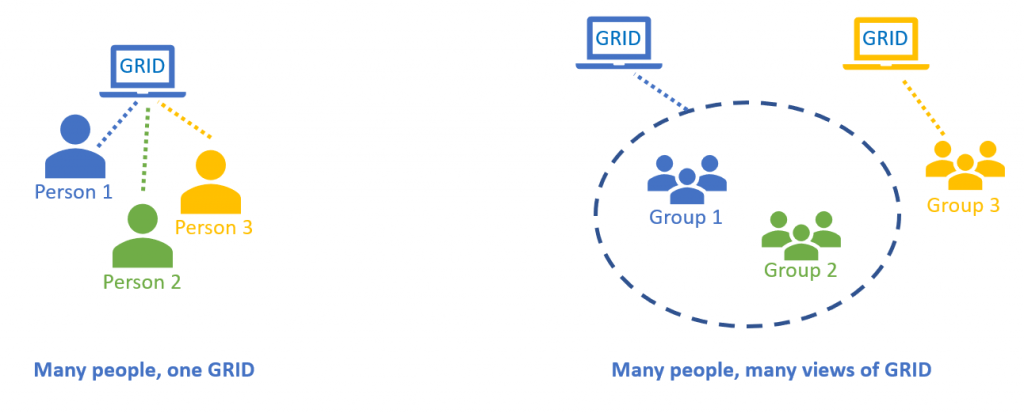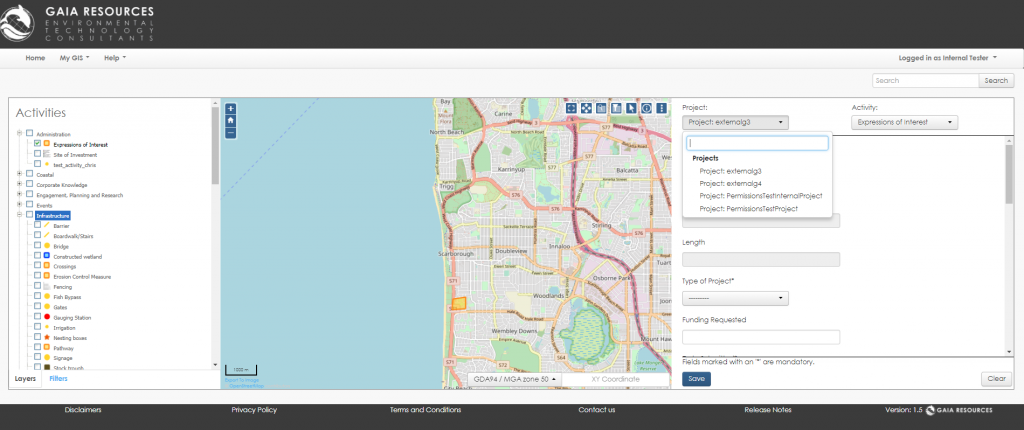As the wind howls outside the window on a decidedly wintery week in what should be spring (it should be 30 degrees out by now, people!), we have taken the opportunity to batten down the hatches and work with Natural Resource Management (NRM) champions to test the latest version of our GRID product.
This last update is all about access permissions, which is the ability for GRID administrators to tailor content to different groups of people. About three weeks ago we finished the development side of the State NRM Community Capability Grants funded project and were pretty happy with the way the functionality worked – and while we could have released it into the wild, our team knew that this was a pretty major update, and needed transition support to help NRM champions understand and use the new functions effectively.
So we’ve been working one-on-one with each NRM Group to explain how it can work, and to understand how they will apply Groups to their Projects, Activities and Base Layers. We can then help them with a plan and support to migrate their GRID into the new paradigm. This is part of our commitment to go beyond the time frame (and budget) to ensure a smooth transition for all of our GRID clients. Feedback so far has been fantastic and engaging, and goes to show how interested everyone is to get started.
The bigger picture here is that GRID has until now been about providing internal, external and public views of content (e.g one view for each type of user). With permissions applied, this can be extended in whatever direction the NRM group requires by supporting many tailored views for different functional or organisational groups that the NRM group works with.
For instance, a number of external Landcare officers in a catchment area could now see each other’s Activities and collaborate; but also see only the 3-4 Base Layers and Projects that are relevant for their work. Conversely, other Landcare officers in other catchments could be set up to not see those same features but have their own features visible.
Through Group settings this person sees a limited set of Projects relevant for their work.
In another use case, sensitive content like Declared Rare Flora and Fauna data can be published on GRID just to the people who are authorised (or licensed) to use it. There are a number of other benefits that come from this permissions model, including the ability to manage closed projects, to tailor project pull-down choices and to improve data quality. We’ve also taken the opportunity to implement searchable tables across all administrator functions, which should help NRM champions to more efficiently manage content and permissions settings.
If you have thoughts on how GRID can be tailored to suit your organisational needs, feel free to email me directly or start up a conversation on Facebook, Twitter or LinkedIn
Chris



Comments are closed.